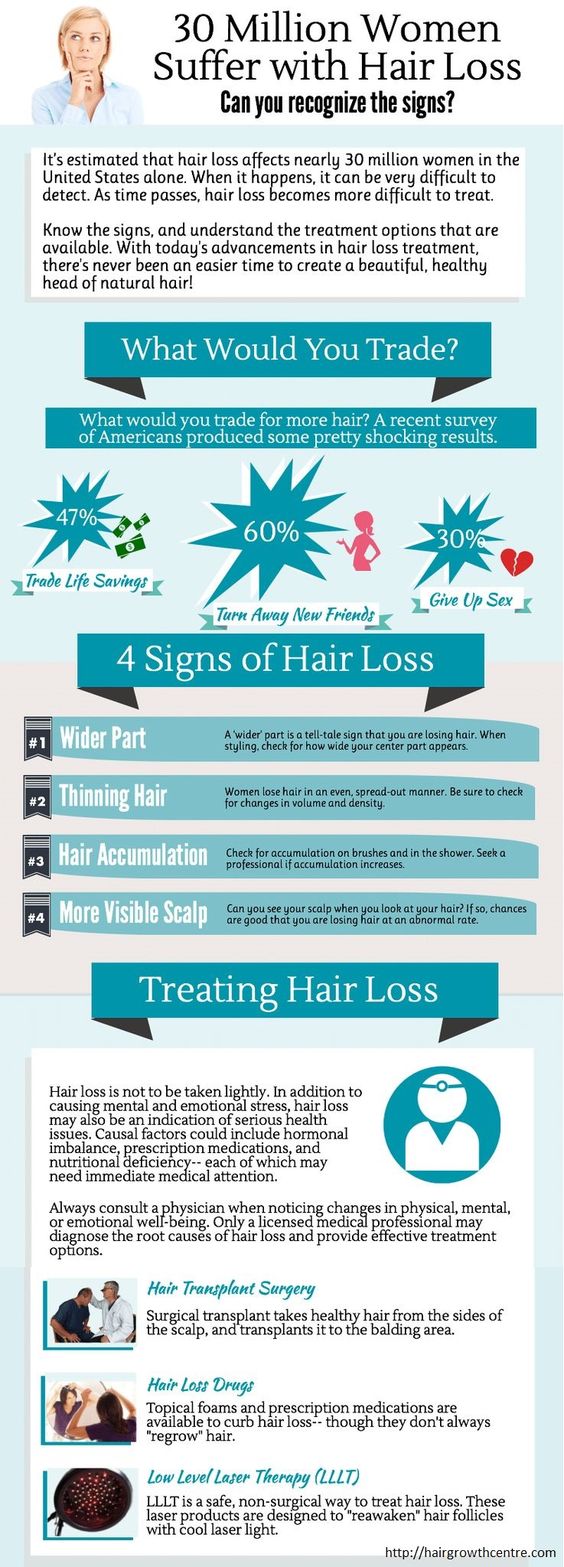Essential Steps To Getting Ready For Hair Replacement Surgery : According to The Pioneers of Hair Transplantation, this surgery is more than just the latest trend in hair restoration. It’s a time-tested and well-studied process that will actually restore the hair on your head.
Thousands of people get it done every year when other hair restoration methods fail them. Many people think that the process leading up to the surgery is easy. Although it is, before you can go in for the procedure, you first need to go through several essential steps.
Understand the Different Methods
During your initial consultation with your hair transplant surgeon, you’ll learn about the two different hair transplantation methods. These are known as Follicular Hair Transplantation (FUT) and Follicular Unit Extraction (FUE). For the first method, a strip of hair will be removed from the scalp. It will then be sliced into individual follicles that are then implanted into your head.
The second method consists of removing these individual follicles themselves. The rest of the procedure is pretty much the same. Which method will work best for you depends largely on the area of your scalp that needs to be thickened.
After The Initial Consultation
The next step involves scheduling the surgery itself. Once this is done, you’ll receive a series of instructions on how to proceed. You’ll need to take some time off from work in order to recuperate (around a week usually), which requires you to get permission from your boss or the human resources department. This scheduling is usually the trickiest step in the hair replacement surgery process.
Fill Your Prescriptions
At the time of your scheduling, your hair transplant surgeon will give you some explicit instructions regarding your prescription medications. For example, if you are on blood thinners, you will need to stop taking them for a certain time period, as they will cause problems during the procedure. This will require you to see your regular doctor (the one who prescribed those blood thinners) in order to get the necessary approval to stop taking your medication.
On top of this, you’ll be given prescriptions for antibiotics and painkillers (usually) from the hair transplant surgeon. You’ll need to fill these prior to your surgery so that you have them as part of the aftercare process. There will be some pain and some risk of infection, which is common after every surgery, so the surgeon usually takes care of these prescriptions beforehand.
Hair Dye and Other Things
If you dye your hair, you may need to stop doing so for a certain period of time before the procedure. According to The Pioneers of Hair Transplantation, this can cause some problems with the hair grafts. You’ll also need to stop smoking cigarettes. They can actually hurt your blood flow, preventing the new grafts from taking “root” as needed. Although it isn’t easy to quit smoking, doing so will help your health in more ways than one, and it will clearly help your transplant be a success.
Related videos to Hair Replacement Surgery :
Live Female Hair Transplantion Surgery || Hair Transplant for Women Before and After
Hair transplantation surgery close up
Dense Hair transplantation with Micro FUE and the Implanter Pen
Female hair transplant, Hair loss in women, Before after hair transplant, Woman hair transplant
Related Infographics to Hair Replacement Surgery :


Essential Steps To Getting Ready For Hair Replacement Surgery
hair transplant reviews, hair transplant video, hair transplant success rate, non surgical hair restoration, hair transplant fue, hair transplant side effects, hair transplant before and after, hair transplant results,
